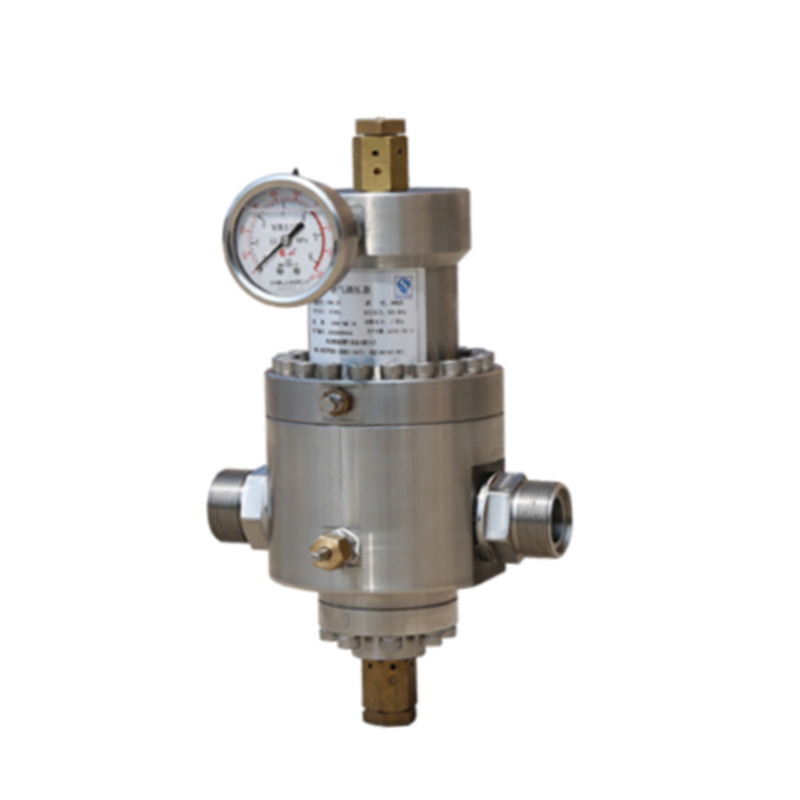
Aug . 13, 2024 22:45
Back to list
Understanding the Functionality and Applications of Pressure Reducing Regulators in Various Industries
Understanding Pressure Reducing Regulators
Pressure reducing regulators (PRRs) play a crucial role in various industries, ensuring that systems operate safely and efficiently under controlled pressure conditions. These devices are essential in applications ranging from gas and liquid distribution to HVAC systems and industrial processes. This article delves into the function, components, and significance of pressure reducing regulators.
What is a Pressure Reducing Regulator?
A pressure reducing regulator is a valve that decreases the pressure of a fluid from a higher source to a lower, desired level. By maintaining a consistent outlet pressure despite fluctuations in the incoming pressure or varying flow rates, PRRs help protect sensitive equipment and optimize system performance.
How Do Pressure Reducing Regulators Work?
The basic operation of a pressure reducing regulator involves two essential components the inlet and outlet sides
. The inlet side receives fluid at high pressure, and the regulator works to maintain the pressure at the outlet side within a predetermined range.Typically, PRRs operate using a diaphragm mechanism. When high-pressure fluid enters the regulator, it exerts force on the diaphragm, which is connected to a valve seat. As the upstream pressure rises, the diaphragm moves, adjusting the opening of the valve seat to allow more or less fluid to pass through. This adjustment regulates the outlet pressure. A spring mechanism is also involved, providing resistance to the diaphragm’s movement and determining the set point of the output pressure.
Key Components of PRRs
1. Diaphragm A flexible membrane that responds to pressure changes, controlling the valve’s opening. 2. Valve Seat The part of the regulator where the valve closes against to stop fluid flow, preventing backflow. 3. Spring This component counteracts the diaphragm's movement, allowing for the adjustment and stabilization of the outlet pressure. 4. Adjustment Screw (or knob) Used to set the desired outlet pressure by changing the spring's tension. 5. Inlet and Outlet Ports Connections that allow the flow of fluid into and out of the regulator.
pressure reducing regulators

Applications of Pressure Reducing Regulators
PRRs are used extensively across various sectors, including
- Oil and Gas They regulate the pressure of natural gas in pipelines, ensuring safe delivery to homes and businesses. - Chemical Processing Maintaining precise pressure levels is crucial for reactions and product quality in chemical manufacturing. - Water Supply Systems PRRs help control the pressure of municipal water systems, preventing pipe bursts and optimizing flow rates. - HVAC Systems In heating and cooling applications, these regulators ensure that the pressure of refrigerants is maintained for efficient system operation.
Importance of Pressure Reducing Regulators
The importance of pressure reducing regulators cannot be understated. By maintaining optimal pressure levels, they enhance safety, protect equipment, and improve system efficiency. In industries where pressure is a critical factor, regulators prevent damage to pipes, valves, and other components, reducing maintenance costs and downtime.
Moreover, PRRs contribute to energy conservation by ensuring that systems operate within specified pressure ranges, minimizing wastage and enhancing performance. In addition, they play an important role in environmental protection by preventing leaks and ensuring the safe containment of gases and liquids.
Conclusion
Pressure reducing regulators are integral to the smooth operation of numerous industrial and commercial systems. By understanding their function, components, and applications, industries can maximize their efficiency and safety. As technology advances, the development of more sophisticated and reliable pressure reducing regulators will further enhance their role in modern engineering, ensuring that systems operate safely and efficiently in an ever-evolving landscape.
Latest news
-
Safety Valve Spring-Loaded Design Overpressure ProtectionNewsJul.25,2025
-
Precision Voltage Regulator AC5 Accuracy Grade PerformanceNewsJul.25,2025
-
Natural Gas Pressure Regulating Skid Industrial Pipeline ApplicationsNewsJul.25,2025
-
Natural Gas Filter Stainless Steel Mesh Element DesignNewsJul.25,2025
-
Gas Pressure Regulator Valve Direct-Acting Spring-Loaded DesignNewsJul.25,2025
-
Decompression Equipment Multi-Stage Heat Exchange System DesignNewsJul.25,2025

